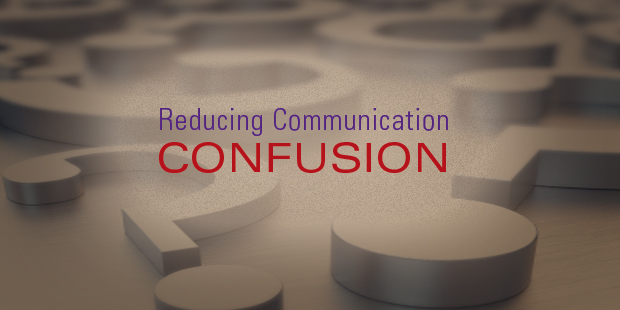 I received a sobering yet enlightening Facebook message from my aunt two weeks ago. After getting over my shock that she even knew how to use Facebook Messenger (she is not a technophile), I read her message:
I received a sobering yet enlightening Facebook message from my aunt two weeks ago. After getting over my shock that she even knew how to use Facebook Messenger (she is not a technophile), I read her message:
Aunt: Guess what I got today?
Me: What?
Aunt: The iPhone 5
[cue jaw dropping]
I was reading this on my iPhone 3Gs, yet I’m the one who works at a global post-advertising agency. That’s when I knew it: Mobile has reached significant penetration and can’t be ignored by brands.
There’s more proof than just the fact that my aunt owns her first smartphone (three generations newer than my own). This past Monday, during a panel discussion of mobile marketing at OMMA Global (where Story happened to take home an OMMA award), moderator Matthew Snyder, founder-CEO of ADObjects, Inc., said, “We’ve been hearing since 1995 that next year would be the year of mobile adoption and exponential growth. I think 2010 was finally that year, and now we’re moving toward the next stage of mobile innovation.”
The stats back Snyder up. According to the Flurry Blog, 78 percent of U.S. adults between 15 and 64 years old own a smart device of some kind. The adoption rate of iOS and Android devices has surpassed that of any consumer technology in history; it’s 10 times faster than the one that marked the ’80s’ PC revolution.
A July 2012 survey by Google found that 67 percent of users surveyed are more likely to buy from a mobile-friendly site than they are from one that’s unfriendly, and 61 percent of users surveyed said they’d leave a website if they couldn’t quickly find what they were looking for. So if your site isn’t optimized for a mobile device, then you may as well just redirect your customers to your competition.
A FLAT TIRE
What Zappos.com is to your feet, TireRack.com is to your car. When I blew out the rear right tire on my car last week (pictured at left), I was instantly in the market for new tires. As I sat on the train yesterday, I thought I’d price tires on TireRack.com and possibly purchase them right there. But its website completely ignores the mobile visitor. Instead of a seamless mobile version, I got the full site, which took ages to load and had me zooming and swiping all over the page. I made it only halfway through the search process before I boiled over with frustration and gave up.
for new tires. As I sat on the train yesterday, I thought I’d price tires on TireRack.com and possibly purchase them right there. But its website completely ignores the mobile visitor. Instead of a seamless mobile version, I got the full site, which took ages to load and had me zooming and swiping all over the page. I made it only halfway through the search process before I boiled over with frustration and gave up.
I could just have waited until I got to my laptop, but by then it was too late: My installer had already gotten back to me with prices, and I ordered through him. Data from Viacom indicates that 96 percent of tablet owners in the United States use their devices in their living rooms. Even when laptops or desktops are near, users still turn to their smart devices.
I’d been there on TireRack.com, on my phone, with time to kill and a need to fill, and the sale was lost because of a bad mobile experience. The value of e-commerce is in its 24/7/365 nature. Without mobile optimization, TireRack is leaving money on the table.
Speaking of Zappos, its mobile site is fantastic, and it also offers an iPhone application. The search function (for the mobile site) is right on the front page (see image at top of post) and has big buttons and simple criteria. No extra fluff, just a smooth user experience that creates the shortest path between customer interest and product sale.
WHAT IT MEANS FOR YOUR BRAND
Given that there are businesses that still don’t believe they need websites at all, it may seem premature to try to move the masses toward mobile development. But for most brands, having a website, even one that’s continually updated with fresh content (for inbound marketing and SEO purposes), isn’t enough anymore.
If your brand values consistent and recurring engagement, you’re doing it a disservice by creating a torturous (read: non–mobile optimized) mobile experience for your audience. Mobile optimization is not just for e-commerce sites, either. It’s for all sites. The fact that smart devices can access full websites doesn’t mean that the experience translates well. On the contrary, it rarely does. In fact, PostAdvertising.com is very bad as a full-site web experience, which is why it’s optimized for mobile and available as an iPhone and iPad application.
IT’S ABOUT TIME
Whether they concern moving a print magazine to the iPad, creating a mobile-friendly e-commerce site or constructing a stand-alone mobile application, these statistics and stories are, as Google put it, “a sobering reminder of just how quickly and deeply users’ attitudes about companies can be shaped by mobile site experiences.”
How has your brand embraced the mobile world?
Read more from Jon here.

Tags: Attention, Awareness, Brand, Jon Thomaas, Mobile Strategy
|
What is MyVisionRoom? > | Back to Communication >



















































